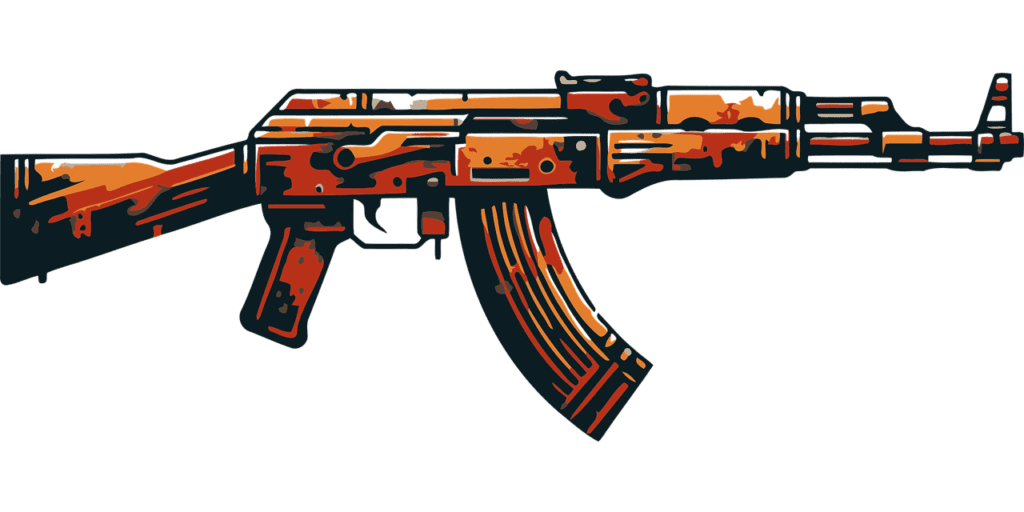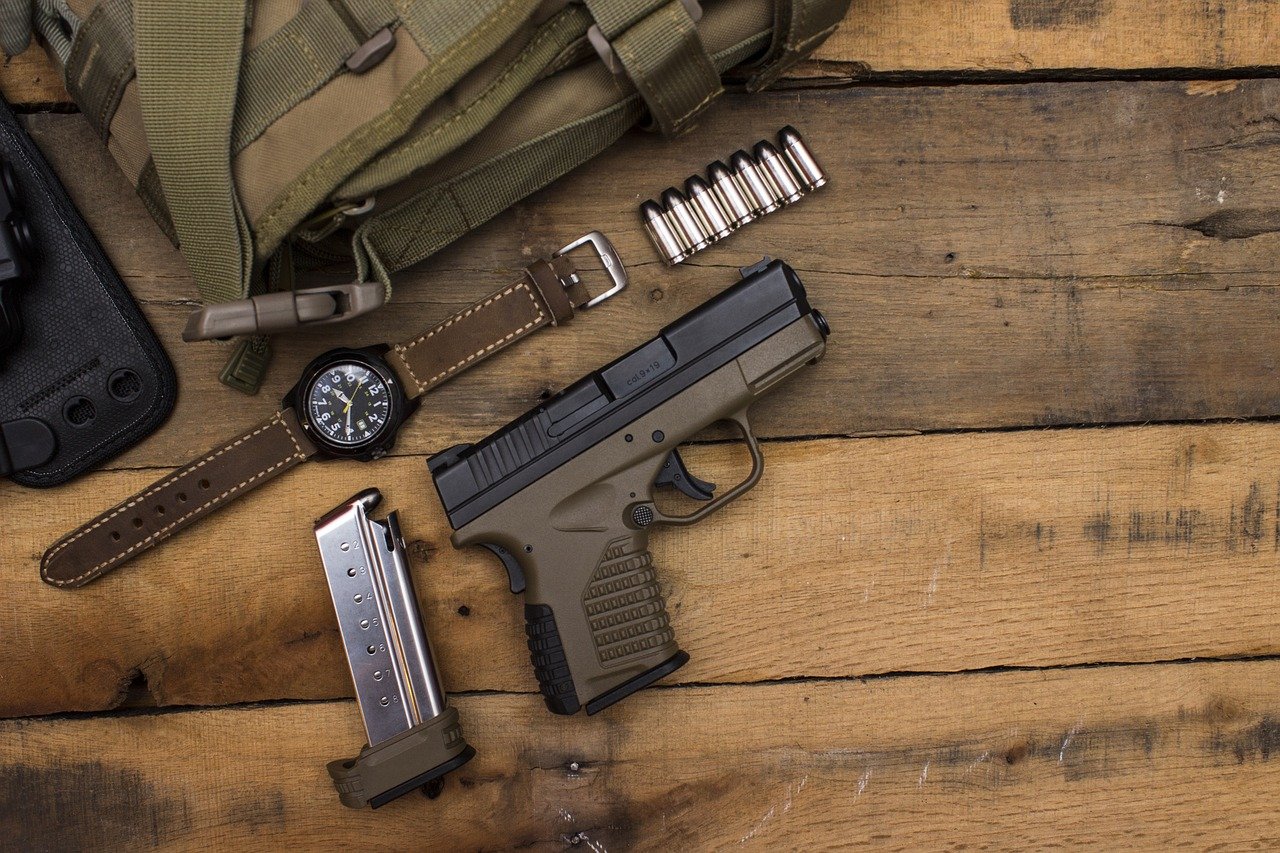In the world of competitive sports, facing heavily defensive opponents can be a daunting challenge. However, fear not! This article is here to provide you with a comprehensive guide on advanced strategies that can help you overcome and outmaneuver these formidable adversaries. Whether you’re a seasoned athlete looking to elevate your game or a novice seeking to improve your skills, the tips and techniques shared here will empower you to break through the toughest defenses with confidence and finesse. So, lace up your sneakers and get ready to discover a whole new level of success on the field or court!
Understanding Defensive Opponents
Recognizing defensive opponents
The first step in dealing with heavily defensive opponents is to be able to recognize them. Defensive opponents tend to prioritize maintaining a solid defensive structure and often employ tactics such as deep defending, putting a lot of players behind the ball, and relying on counter-attacks. They may also employ strategies such as intense pressing and aggressive tackling to disrupt the opponent’s attacking flow. By being able to identify these characteristics during a match, you can adjust your own tactics and approach accordingly.
Understanding their motivations
It is crucial to understand the motivations behind defensive opponents’ tactics. Often, they adopt a defensive mindset to minimize the risk of conceding goals and to frustrate their opponents. By frustrating the opposing team, they aim to disrupt their rhythm and force them into making mistakes, ultimately hoping to capitalize on these mistakes with swift counter-attacks. Recognizing their motivations can help you devise strategies to counter their defensive approach and find ways to break through their defensive walls.
Identifying common defensive tactics
Defensive opponents commonly employ a range of tactics to hinder their opponents’ attacking efforts. Some common defensive tactics include the use of a low block, where the defensive line drops deep and compact, denying space for attackers to exploit. They may also employ a zonal marking system, where players are responsible for specific areas rather than marking individual opponents. Additionally, defensive opponents may rely on aggressive pressing to force mistakes and regain possession quickly. By studying and analyzing these common defensive tactics, you can develop strategies to overcome them effectively.
Developing a Strategic Mindset
Analyzing your own weaknesses
To effectively combat heavily defensive opponents, it is essential to analyze and understand your own weaknesses as a player and as a team. Identify areas where you and your team struggle the most and develop a plan to improve them. Analyzing weaknesses not only allows you to work on these aspects but also helps you anticipate how your opponents might exploit them. By addressing your weaknesses, you and your team can become more well-rounded and better equipped to face defensive opponents.
Setting realistic goals
Setting realistic goals is crucial when facing defensive opponents. It is unrealistic to expect to score numerous goals against a well-organized defense. Instead, focus on small victories such as maintaining possession, creating scoring opportunities, or breaking through their defensive line. By setting achievable goals, you can maintain motivation and gradually chip away at the opponent’s defensive resistance.
Adapting your playing style
Facing defensive opponents requires adaptability in your playing style. It may be necessary to adopt a more patient and measured approach, prioritizing ball retention and probing for gaps in the defense rather than forcing attacking plays. Adapting your playing style also involves making tactical adjustments during the game, such as changing formations or altering player roles. Being flexible and open to adapting your playing style will greatly enhance your chances of breaking down defensive opponents.

Improving Your Technical Skills
Enhancing your ball control
Having excellent ball control is vital when facing defensive opponents. The ability to receive, trap, and manipulate the ball under pressure allows you to maintain possession and create opportunities. Work on improving your close ball control through drills and exercises that focus on first touch, dribbling in tight spaces, and shielding the ball from defenders.
Developing accurate passing techniques
Accurate passing is crucial to unlock heavily defensive opponents. Practice different passing techniques, such as short, long, and through passes, to improve your passing accuracy. Additionally, work on your ability to identify and execute quick one-touch passes as they can effectively bypass defensive lines and create scoring opportunities.
Improving your shooting accuracy
Against defensive opponents, scoring opportunities may be limited, so it is essential to make the most of them. Improving your shooting accuracy will give you a greater chance of converting those opportunities into goals. Practice shooting from various angles and distances to develop precision and consistency. Additionally, work on your ability to shoot quickly and under pressure, as you may have limited time and space against a defensive opponent.
Creating Effective Team Strategies
Building strong team chemistry
Building strong team chemistry is crucial when facing heavily defensive opponents. Understanding each other’s playing style, tendencies, and movements will allow your team to operate cohesively and break down the opposition’s defense more effectively. Regular team bonding activities, training exercises focused on teamwork, and open communication can help foster strong team chemistry.
Developing effective communication
Clear and effective communication is essential to implement strategies for breaking down defensive opponents. Develop effective communication channels on the field, such as calling for the ball, providing instructions, and relaying vital information to teammates. By communicating effectively, you can coordinate movements, exploit gaps in the defense, and launch coordinated attacking plays.
Implementing tactical formations
Choosing the right tactical formations is crucial when facing defensive opponents. Formations that prioritize maintaining possession and creating numerical superiority in midfield can be effective against defensive opponents. For example, utilizing a 4-3-3 formation with wingers can stretch the opposition’s defense and create space for midfielders to exploit. Experiment with different formations in training sessions and analyze their effectiveness against defensive opponents.

Breaking Down Defensive Walls
Exploiting gaps and spaces
One effective strategy to break down defensive opponents is to exploit any gaps and spaces in their defensive structure. This requires positional awareness and the ability to quickly identify opportunities to penetrate their defense. Look for gaps between defenders, overlapping runs, and diagonal passes to create openings. By exploiting these spaces, you can disrupt their defensive shape and create scoring opportunities.
Using one-touch passes
One-touch passes can be highly effective in breaking down defensive walls. Quick and accurate passing not only keeps the ball moving but also disorients defenders. Work on improving your ability to make and receive one-touch passes, as they can catch defensive opponents off guard and create openings for attacking plays. Practice small-sided games or drills that encourage quick passing and movement.
Utilizing quick counter-attacks
When facing heavily defensive opponents, quick counter-attacks can be a potent weapon. Exploit moments when the opposition commits players forward, leaving spaces behind their defensive line. Develop quick transition plays and practice fast and decisive attacking moves from your own half to catch the opposition off guard. Quick counter-attacks can create numerical advantages and catch the defensive opponents unprepared.
Anticipating Defensive Strategies
Reading opponents’ movements
To anticipate defensive strategies, it is essential to read your opponents’ movements. Pay close attention to their defensive line, the positions of individual defenders, and their patterns of movement. Understanding how they shift and adjust to attacking plays can help you identify their defensive strategy and exploit potential weaknesses. Train your ability to read and analyze opponents’ movements through video analysis and live match observations.
Predicting defensive patterns
Defensive opponents often rely on patterns to maintain their defensive structure. By studying their previous matches and analyzing their defensive patterns, you can anticipate their movements and actions. Look for repeated behaviors, such as specific players who drop deep or move out of position, and use this knowledge to your advantage. By predicting defensive patterns, you can create attacking strategies that exploit these predictable actions.
Reacting to changes in defensive approach
Defensive opponents may change their approach during a match to adapt to the attacking team’s tactics. It is crucial to be attentive and react quickly to these changes. Stay aware of changes in their defensive line, substitutions made by the opposition, or alterations in their pressing intensity. By recognizing these changes, you can make real-time adjustments to your own strategy and exploit any vulnerabilities that arise.

Utilizing Psychological Tactics
Maintaining patience and composure
Facing heavily defensive opponents can be frustrating, but maintaining patience and composure is vital. Avoid rushing attacks or attempting low-percentage shots. Instead, focus on maintaining possession, probing for openings, and patiently waiting for the right moment to strike. By staying composed, you can avoid falling into the defensive trap set by your opponents and increase your chances of breaking them down.
Frustrating the opponent
Turning the tables and frustrating your defensive opponents can significantly impact their effectiveness. Maintain a high tempo, quick ball movement, and constant pressure on the opposition’s defense. This can force defenders into making mistakes, losing concentration, or committing fouls. Frustrating the opponent can disrupt their defensive strategy and provide you with more opportunities to exploit their weaknesses.
Playing mind games
Mind games can be a powerful tool when dealing with defensive opponents. Verbal and non-verbal cues can be used to unsettle defenders and disrupt their focus. Engage in small, subtle movements, or use confident body language to convey to the opposition that you are in control. By playing mind games, you can create doubt and uncertainty in the minds of defenders, potentially leading to defensive mistakes.
Study and Research
Analyzing opponents’ previous matches
Analyzing your opponents’ previous matches can provide valuable insights into their defensive tactics and weaknesses. Study their performances against teams with similar playing styles and take note of any vulnerabilities or patterns that you can exploit. Pay attention to how other teams have successfully broken down their defense and learn from their strategies. The more you know about your opponents, the better prepared you will be to face their defensive approach.
Studying defensive tactics in different leagues
Expanding your knowledge of defensive tactics by studying different leagues can give you a broader perspective. Different leagues may have unique defensive strategies that are successfully employed against attacking teams. Analyze teams from various leagues known for their defensive prowess and study their approaches. By understanding and adapting these tactics to your own game, you can find new ways to overcome heavily defensive opponents.
Learning from expert analysis
Expert analysis can provide valuable insights and tactical knowledge to help you handle defensive opponents. Watch analysis and breakdowns provided by experienced coaches, analysts, and commentators. They often provide tactical explanations, highlight key moments, and offer recommendations on how to counter defensive strategies. Learning from expert analysis can help you gain a deeper understanding of different defensive tactics and how to counteract them effectively.
Physical Conditioning and Fitness
Building stamina and endurance
Physical conditioning is crucial to cope with the demands of breaking down heavily defensive opponents. Develop your stamina and endurance through targeted cardiovascular exercises such as running, interval training, and high-intensity workouts. Improving your endurance will enable you to maintain a high work rate throughout the match, constantly pressuring the opposition’s defense, and searching for gaps to exploit.
Improving speed and agility
Enhancing your speed and agility can give you a competitive edge when facing heavily defensive opponents. Speed allows you to make quick bursts of acceleration to get past defenders, while agility enables you to change direction rapidly and evade tackles. Incorporate speed and agility drills into your training regimen to improve your explosiveness and maneuverability on the field.
Maintaining a balanced diet
A balanced diet plays a significant role in your overall performance on the field. Consuming a healthy and balanced diet provides you with the necessary energy, nutrients, and recovery elements to perform at your best. Fuel your body with a variety of fruits, vegetables, lean proteins, and whole grains. Stay hydrated and avoid excessive consumption of processed foods and sugary drinks. By maintaining a balanced diet, you can optimize your physical condition and be better prepared to tackle defensive opponents.
Seeking Professional Guidance
Working with a skilled coach
A skilled coach can provide valuable guidance and expertise in devising strategies to overcome heavily defensive opponents. Seek a coach who has experience and knowledge in breaking down defensive structures. They can tailor training sessions, analyze your performances, and provide personalized feedback to enhance your skills and understanding of the game. Working with a skilled coach can significantly accelerate your development and improve your ability to dismantle defensive opponents.
Receiving individualized training
Individualized training can focus specifically on improving your weaknesses and enhancing your playing style against defensive opponents. Identify areas of your game that require improvement when dealing with defensive opponents and work with a trainer to design specific drills and exercises targeting those aspects. Individualized training allows for personalized attention and targeted development, increasing your chances of success against heavily defensive opponents.
Attending specialized defensive training sessions
Attending specialized defensive training sessions can offer unique insights into defensive strategies and tactics. These sessions often involve working directly with defensive specialists who can simulate the intensity and style of defensive opponents you are likely to encounter. By participating in these sessions, you can gain firsthand experience and refine your attacking techniques to overcome the challenges posed by heavily defensive opponents.

